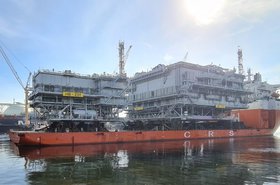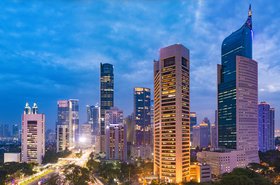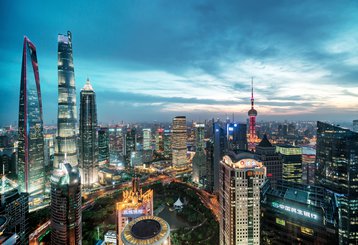To build, upgrade, migrate or lease. When it comes to data centers in China, that is the question. As a country, China has experienced significant economic growth over the last 50 years, and this is reflected in the data center industry.
“There are currently 47,000 data centers operating, with 1400 megawatts of capacity in the country. We're still experiencing growth, and though it has dropped to 20 percent, it's still a double-digit.” Dedric Lam, the North Asia business unit director for CBRE, said.
The fact is, that China has a massive population that is increasingly technologically saturated, and this opens up many doors for the data center industry.
“Business in the context of China is explicitly a significant opportunity. The number of people online in China is just short of a billion people. But out of a population of 1.4 billion, the penetration is not yet at the same level as in the USA. So at a very basic level, growth opportunities still exist.” Jonathan Berney is the COO for Chayora, a Hong Kong-based data center developer.
“The number of people that are coming online every year is more than the population of the United Kingdom, and that continues to grow. At a more enterprise and micro level, the things that people are doing with the internet in China mean that it's very rapidly becoming a core part of the everyday infrastructure.”
It is logical that with this continuing growth, this is a great opportunity to contribute to the data center industry in China, and the Government is not inherently against this, as Dedric Lam noted.
“Part of the strategy for the five-year plan, from 2021 to 2025, is new infrastructure. The infrastructure initiative is spurring a lot of investment in things like data centers, but also smart cities, 5G networks, and artificial intelligence which are all data-driven. Now, China recognizes that based on pure domestic capital available, they're not going to reach their goal. So they've had to open up the market to allow more investment into the country. Having said that, there is a question of investment versus control. A lot of the money coming in to invest in new facilities in new developments is still a joint venture, where at least 50- 51 percent is controlled by a local partner.”
It is a combination of this need for control, along with the local and national regulations, that causes complications for enterprise data centers.
“It is very important that when a business goes to China, they have to understand the relevant central and local laws to your business, and also the key infrastructure issues as well. Otherwise, you may risk stunting your growth in the region. It is key to understand the underlying reasons of any specific law, rather than to simply read the headline.” CT Yan, CEO of Telstra PBS, said.
This goes along with the new GDPR laws in the region, as well as requirements surrounding the use of power.
“The government is very keen to make sure that power is being used appropriately in data centers, judged by an energy savings assessment (ESA). Essentially, it requires data center owners and operators to be able to demonstrate their appropriate use of power. On the renewable front, we're going to see that accelerate. ESG policies both in China and from an international enterprise as well means that this is going to be an absolute requirement,” said Berney.
“There is a difference between being an international enterprise versus a domestic enterprise. Look beyond the facility, there is the need to be working with a partner who is going to help you navigate through all of the vagaries of the regulatory environment. It's not just about building or it's not just about a building, these are critical operating assets that are working in an area of national interest as far as China is concerned.”
These regulations are motivated by very similar drivers as in the US, Europe, and elsewhere. The concerns are global, but the rulings differ. Having local knowledge is paramount – and an important consideration for an enterprise data center based in the country.
So, should you build, upgrade, migrate or lease? Watch the APAC episode by filling out the form below to find out
See more...
-

AWS to open New Zealand Cloud Region
Company says it will invest US$5.3 billion in the country
-

BDx proposes offshore data centers in Singapore
Gets around the moratorium by building on water - with help from Sembcorp Marine and National University
-

Report: Indonesian conglomerate Salim Group to invest in data center development
Company reportedly looking to invest $500 million developing facilities at its own industrial parks


